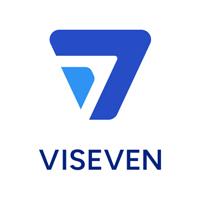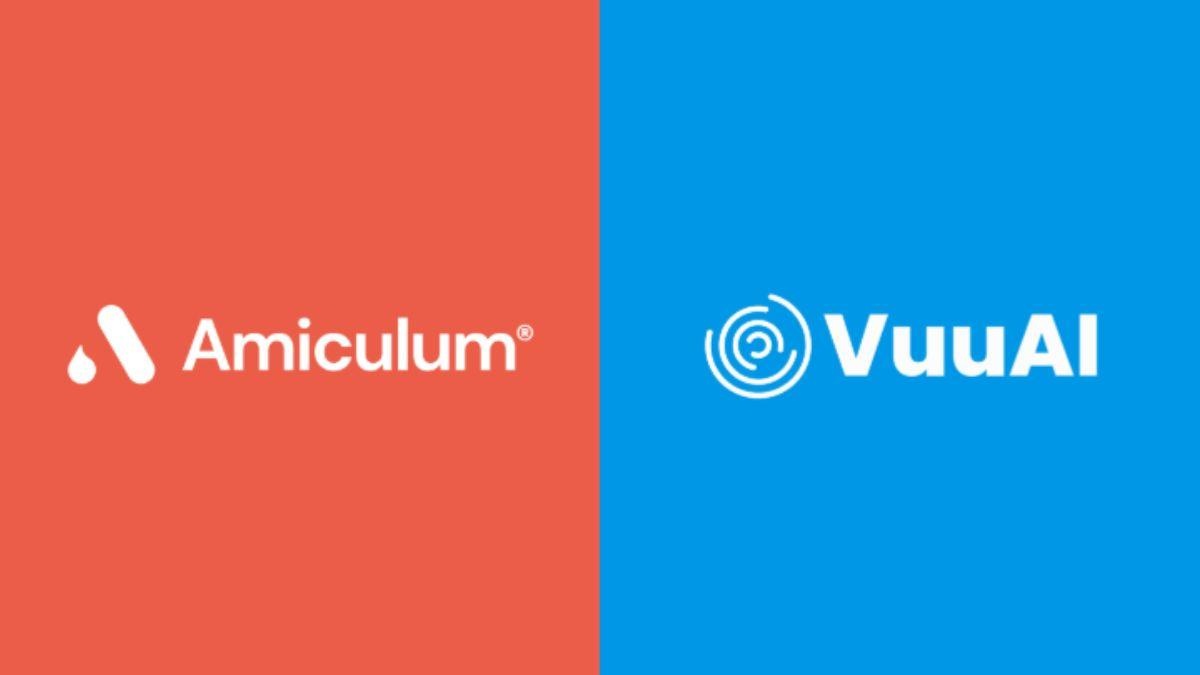One assistant to rule them all? Why the future of work is platform-native AI

How many tools do you usually use at work? One to two, or is it closer to five or six? In today’s world, it’s become a norm to constantly move from one app to another, juggling multiple projects, tasks, and even parts of the same tasks. Let’s face it: it’s become hard to keep up with all the apps used at work.
The time has therefore come to start unifying all the wonderful achievements of the past years’ AI boom into cohesive systems that actually make work easier. Here, the Viseven team share more insights on how one platform-native AI assistant can help reduce workload and achieve higher efficiency at work.
What is platform-native AI?
A typical day starts with writing an email. First, a Word document is opened and an initial draft written. Or, more likely, ChatGPT is asked to generate something to kickstart the process.
Once that’s done, the next goal is to polish the email. ChatGPT might be asked to improve it, it might be sent to colleagues for feedback, or an AI-powered proofreading tool might be used to check for grammar and tone.
If you want to make the email more visually appealing, some visual assets like banners will need to be pulled from the asset library and maybe tweaked a bit with a graphic design tool of choice.
The final step is sending the email. Here, there are several options — Gmail, Outlook, or a dedicated internal tool used by the company. Either way, yet another app is switched to just to hit “Send”.
Now, let’s rewind. How many tools were used for one simple task — writing and sending an email? It could be anywhere from two to six different apps, depending on the setup. And that’s just for one email.
Platform-native AI eliminates the need to switch between tools constantly
Instead of jumping from app to app to complete a task, everything happens within a single platform. With AI built into the core of the software already used, workflow becomes faster, smoother, and more focused. Platform-native, or integrated, AI provides a single environment where ideas are generated, assets are created and reused, content is approved, and everything is prepared for distribution in one place.
Why fragmentation doesn’t scale
There are many reasons why disjointed workflows are a major problem for people in almost every industry, pharma, and life sciences included. Here are some of the key reasons:
Even more operational silos are created
Disjointed tools lead to disjointed teams. When it comes to tools that require constant switching, there is usually little room for collaboration. Content is created on one platform, proofreading and compliance checks are conducted on another, and design is done somewhere else. This kind of fragmented workflow causes operational silos, making it harder to collaborate.
The cost of context switching is too high
Going from one tool to another is not just about spending a lot of time switching and working on different platforms. It can also result in loss of focus and productivity. Every time we move from one app to another, we interrupt our thinking and lose mental focus. The hidden cost of context is not just time; it’s efficiency, cognitive flow, and overall performance.
Risk of data inconsistencies and compliance gaps
Every time data is manually entered, there is a risk of losing some of it or even putting its safety in danger. Fragmented workflows, especially in regulated industries like pharma, can lead to delayed approvals, compliance breaches, and data leaks.
Benefits of platform-native AI
AI, which has become a part of the already existing systems and apps, can provide much more profound insights and assist teams more efficiently. Here are the top three benefits of platform-native AI:
1. Advanced data analytics
Artificial intelligence uses past data to generate recommendations, helping teams make more informed and confident decisions. However, it’s not everything it can do in terms of data analytics. With platform-native AI, even larger amounts of data can be worked with, transforming it into actionable insights within seconds.
2. Built for scalability
Even though many AI-powered tools can adjust to your goals to a certain degree, they fall short when responding to the needs of a growing business. With a platform-native AI, its capabilities can always be scaled alongside the company.
3. Improved compliance and governance
There is a risk every time we switch from one tool to another. Even though most third-party software works under strict regulations, something still may happen to the data being worked with. With platform-native AI, all workflows are happening in one system, making monitoring all processes and enforcing rules easier.
Platform-native AI in action: Use cases
Platform-native AI is still a relatively new technology, which is why only a handful of companies have fully embedded it into their core systems. However, those that have made AI an integral part of their workflows are already seeing impressive results, such as when using eVa by eWizard.
Getting started: Tips on integrating platform-native AI
Making platform-native AI a part of workflows starts with one thing: a plan. Before rushing into buying new software or asking IT teams to think of a quick AI solution, take some time to prepare accordingly and figure out what goals can be met with AI. Here are some tips:
Start with one area
Trying to tackle all challenges at once will likely cause even more issues in the future; instead of spreading out, focus on solving one problem at a time. For example, start with improving content creation processes by slowly adopting AI and adding it to the regular workflows, giving teams more time to adjust.
Add to the already existing workflows
Having new, AI-powered tools is already a big enough change. One of the key benefits of platform-native AI is that it feels less disruptive, allowing teams to adjust on their own terms. However, platform-native AI and entirely new workflows are introduced, teams may feel overwhelmed and even more disconnected.
Keep compliance in the loop
As already discussed, platform-native AI can be trained to respect brand and legal guidelines. However, it’s still vital to have input from the compliance team and, ideally, ongoing oversight. Ensure that the compliance team is always informed about any changes and provide them with all the resources needed to build a proper feedback loop.
Track adoption and adjust
Implementation of AI is just the beginning. It’s crucial to monitor how well the integration of artificial intelligence was perceived, how often it was used, and if it wasn’t, why. Thanks to constant monitoring, if teams aren’t keen on using AI features, the problem can quickly be found and addressed.
Choose a platform that supports native AI
Ensure that the software already in use, such as CRMs or MLR review tools, offers native AI features. Unfortunately, not all platforms currently provide integrated AI capabilities, so considerate may be a case of either switching to a provider that does or ensuring that any future tools adopted include built-in AI.
Ready to embark on your digital transformation journey?
Like any technology, platform-native AI isn’t a one-size-fits-all solution. Still, platform-native AI is an efficient solution that can help teams focus on more strategic tasks instead of juggling different resources, tasks, and platforms.
If you want to adopt an AI-powered solution that offers brand-safe and end-to-end content creation in one place, the Viseven team is ready to answer all your questions.
About Viseven

Viseven is a global MarTech company specializing in digital content solutions for the Life Sciences and Pharma industries. With over 15 years of expertise, Viseven empowers pharmaceutical companies and their production agencies with AI-driven content management and automation solutions.
Our flagship eWizard Platform streamlines content planning, creation, distribution, and management—enhancing efficiency, reducing operational costs, and accelerating brand time-to-market. Designed for omnichannel and multichannel engagement, eWizard optimizes campaign management, data collection, and performance analysis, ensuring continuous message improvement for Brand Managers and Content Operations teams.
Visit us at viseven.com or follow us on social media: LinkedIn











